Document #10 - Tom Clark, Romeo Gongora and Alicja Rogalska. - Collaboration conditions and speculative structures
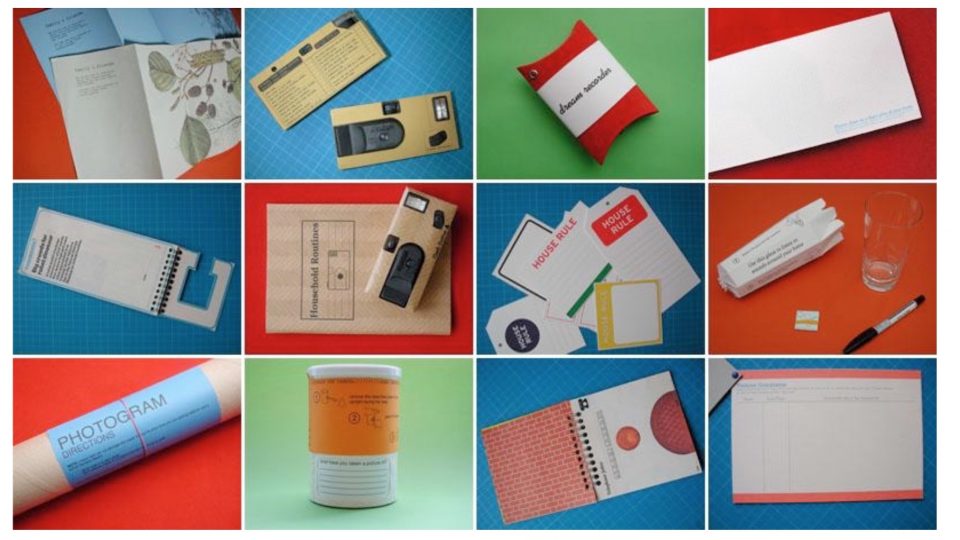
Tom Clark, Romeo Gongora and Alicja Rogalska.
Collaboration conditions and speculative structures
Document #10 - 28 Feb 2020
For this flashpoint our group explored three approaches to working together that can reflect on, or change the concrete and abstract structures that might fix, repeat and divide the possibilities of that work. The key questions for the whole seminar included: How can we work together in disagreement, systemic dislocation, or with commonalities that don’t yet exist? What kinds of support structures and working methods might make this possible? Addressing these, the
session moved between different scales, perspectives and possibilities of the intra and infrastructural — the relations within and the relations between — to discuss different kinds of speculative futures, politics and problems.
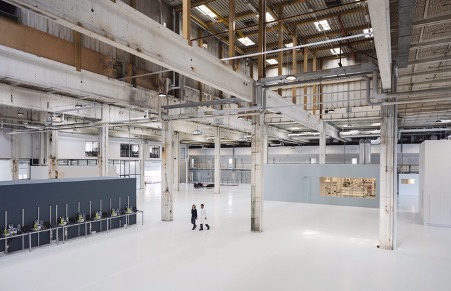
Tom Clark – Infrastructural practice, Systemic organisation and infrastructural meanings: a panel discussion with Victoria Ivanova on new models of systemic organisation and critique in art.
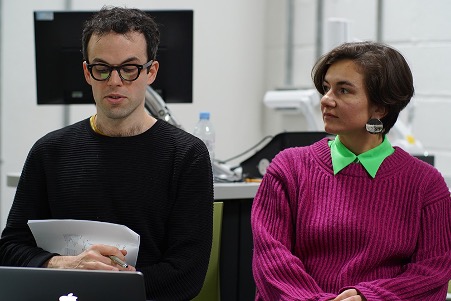
nviting the curator and writer Victoria Ivanova to discuss her work with Danish curatorial research project Primer as well as setting up a research and development platform with the Serpentine Gallery, my session established key concepts and ideas in the relationship between art, curating and infrastructure. Focusing on the emergence of a field of collaborative and multidisciplinary practices — in which art features as part of practical interventions into infrastructural conditions — infrastructure was developed here as both a concern and a site and mode of critical practice. More specifically, drawing on non-art fields of infrastructural study, a multi-layered working definition of infrastructure was used to situated it in relation to the operations, affordances and conceptual parameters of the art field. This definition composed infrastructure as a system of physical and non-physical organisation that allows certain activities to happen predictably and reliably. Not just substrate or functional system, infrastructure is
seen as an active space of social formation, creation, and performance. Concerned with making things happen, and how, infrastructure is complex, systemic, interoperable and future-oriented. It binds together physical, conceptual, procedural, legal, discursive and material objects or forms together in particular contexts in which those infrastructures are distributed.
The wider context for this discussion in art concerned the development of new models of practice and organization migrating from other fields into art, specifically those which focus on the repeatable conditions and operations of infrastructures in and out of the art field. Here, the institutions objects and actors of art are no longer seen to stand alone from the conditions they represent, even if institutional autonomy persists as a point and justification of difference. Groups like these can be seen to propose and develop systemic approaches to social and political issues. Art practice, discourse and presentation features as one means or site through which to create and mobilize such new approaches to the infrastructural conditions, models, uses and constituencies that shape these systems and their role in the social imaginary. Examples of these practices include: the artists’ labour and payment conditions advocacy and accreditation agency W.A.G.E.; the protest platform PAIN set up by Nan Goldin to force cultural institutions to divest their funding from the Sackler family, whose wealth was widely connected
1 See: https://wageforwork.com/home#top to the Oxycontin opioid-addiction crisis; the Realty Statecraft project organized by curator Tirdad Zolghadr at KW, Berlin, which sought to address and re-model the art field’s complicity with the ongoing financialization and gentrification of city space; the human-rights-justice oriented spatial and media research agency Forensic Architecture; and infrastructure and capacity-building artist workers’ Coop, Not.no.where.
They can also be set in and seen to respond to both a general and specific context in which the infrastructural pressures of austerity and privatisation of infrastructural conditions, as well as the expansion of virtual and network infrastructural imaginaries into the institutions that have historical organised society. This context is reflected in new models of funding criteria for Arts Council England such as “relevance” rather than previous models like excellence ; models of curatorial activism ; expanded forms of institutional or infrastructural critique ; and museums positioning themselves as user-resources (MIMA, TATE, etc.,) .
Primer
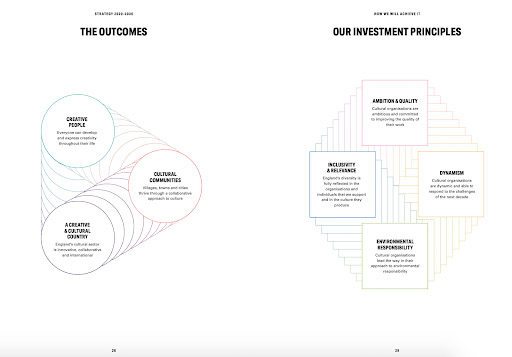
Drawing on each of our research into the group, Primer was used as a shared case study to explore propose and test key infrastructural ideas. These shuttle between how and why make changes to infrastructure through art, and how the group’s work might be considered as more successful model of engagement within infrastructural conditions. Primer is a curatorial and research project, located in the production and research facility of Aquaporin, a Danish water-filtration technology company outside of Copenhagen. They were invited by Aquaporin to use their factory space in a long term residency and first programmed a series of exhibitions. Aquaporin are based on an open-innovation model, which means anyone can licence their underlying filtration idea. Primer use this as a context in which to explore how the art field can be diversified and expanded into other roles and functions to those given to it already such as public display. At the core is the question of how art and curatorial work can deal with complex and systemic issues such as climate change and advanced technology.
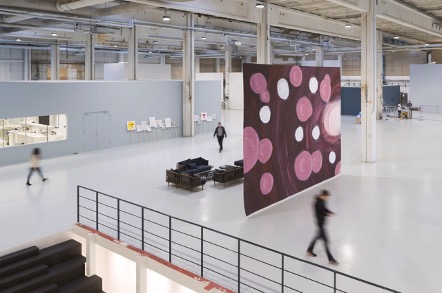
Primer explore this relationship through workshops, working with staff, and helping to shape narratives, seeking to understand this work through research tools such as their impact schema. This schema allows the group to understand and map their ongoing relationship to their complex, infrastructural context and the effects their work has.
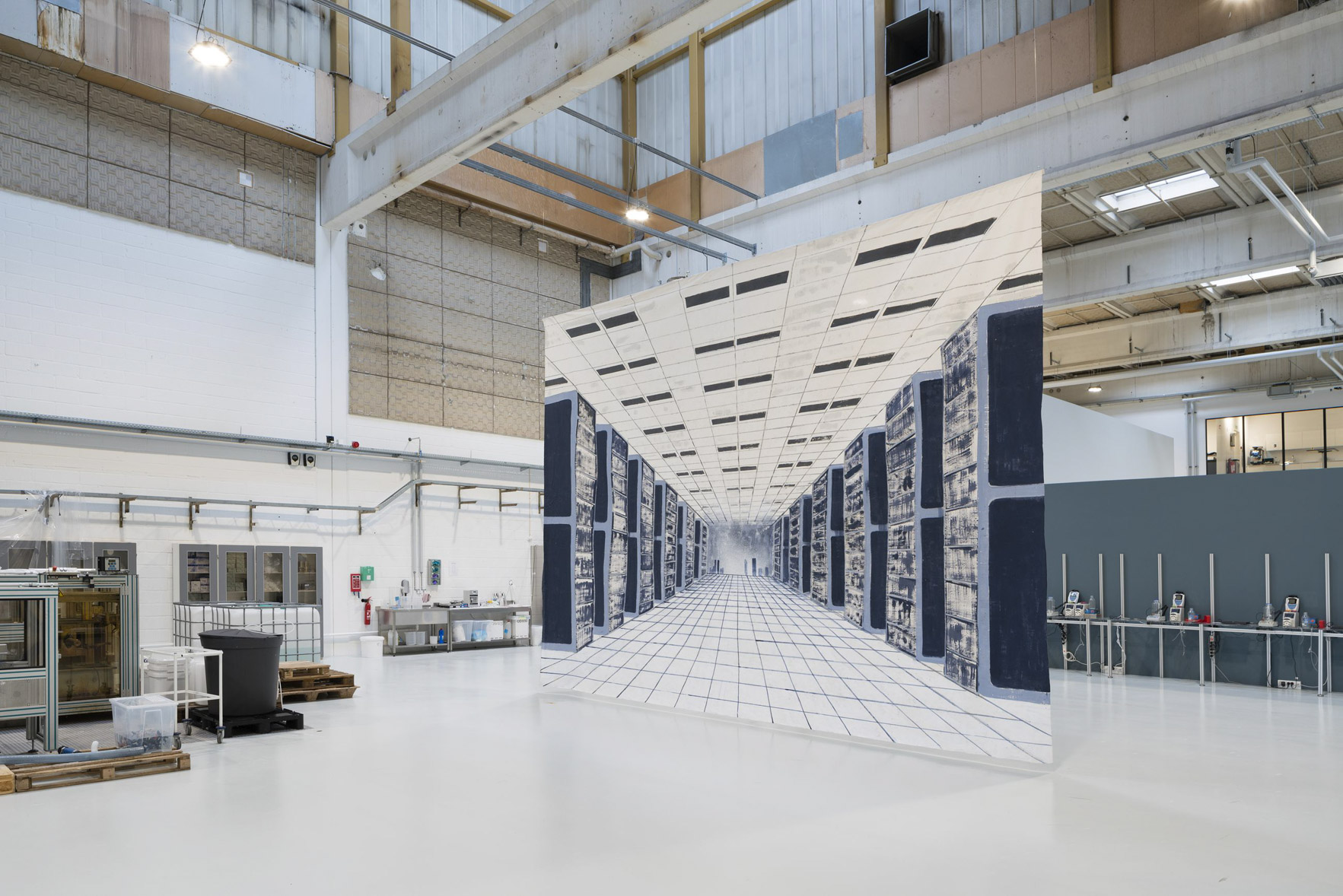
(Primer, impact schema, n.d.; see https://medium.com/diakron/systems-effects-and-learning-processes-d6069e9c536a)
Two problems
However, by highlighting the scope and possibility of their own infrastructural condition, these practices also provoke a question about the possibility of moving beyond the limits of the art field as one focused on the critical and representational potential and durations possible through the artwork and the artist, and what practical shifts are necessary. As such, this discussion was located between two problems for artistic and curatorial discourses in accounting for practices of intervention into infrastructural conditions. The first is the discrepancy between the critical representation of infrastructure in the artwork, especially in the case of contemporary art and a systemic approach to the practicing of infrastructure — and therefore how to differentiate between these.
Here, we pointed to historical examples of how these limits have been played out in various ways in the art field such as the Artists Placement Group (1965–1980s) and Allan Sekula and Noel Burch (2010).

In the case of Primer, these can also be seen in how their work has been used in exhibitions that remain distinct to their operations on the infrastructural contexts they work on.
The second problem is how to describe the ways in which artistic and curatorial practices can work between technical and aesthetic infrastructural conditions.
Systemic agency
Bearing these limits, definitions and contexts in mind, and where existing discussions in art of infrastructure struggle to account for the differences and specific technicalities of these practices, the discussion of Primer explored the development of this field and focused on whether art and curatorial practice can change infrastructure or if these practices just reproduce existing settings. We also touched on the broader context and how art and cultural field could think this through infrastructure. Specifically, I was interested in discussing this work in relation to Victoria’s argument for negotiating and developing what she calls “systemic agency.” For Victoria, systemic agency is the ability to act within systems such as the art world, finance, or the human rights system. This is done by developing a general model for ‘active forms’ or interfaces and collaborations between arts other organisations such as business (as in Primer, or the Serpentine as R+D network) in which to steer the activities of those systems, to leverage institutional power, and to create scalable changes and new possibilities. Where Victoria’s work suggests how the organisation of art can function infrastructurally — doing this in relation to a number of determining and contingent structural mechanisms — I discussed how my work has sought to outline the ways a critical art and curatorial practice is able to create change within those forms of organisation: Specifically, this meant describing how art is able to change infrastructural conditions through the relationship between the meaning made, its imaginaries and how it is instituted through infrastructural operations, conditions, uses and users.
Panel questions
The discussion was arranged around the following questions
1. Why this approach? Are current models of exhibition-making sufficient to infrastructural change?
2. Can we move from a representational to a relational practice? If a single artwork cannot address the particular structural mechanisms defining an infrastructural approach, (scale and individuation) can we shift the necessary metrics to move from a representational to a relational value system; how does a notion of systemic agency help determine over what temporality and pace does this unfold, and why do this?
3. Can this approach change the historical, jurisdictional, or governing conditions for the art field, and its concerns?
4. Can this create different models and means of measuring / enacting value and meaning?
5. Can an infrastructural practice address the broader critical legislative, structural and organisational gap.
Topics discussed:
• How to see infrastructure through moments dysfunction. Does the increasing visibility of infrastructure in the art field correspond to an increasingly felt dysfunction in that field?
• How infrastructural thinking also opens out new pathways and possibilities, including moving beyond the parameters and existing outcomes of the art field such as visibility and public display.
• Constructing organisational platforms able to cope with infrastructural operations outside of contemporary art.
• The necessity for developing complex sets of capacities in order to work with alternative infrastructural conditions and operations to those already found in art. See for instance: supporting an AI-based art work like BOB, by Ian Cheng, 2018.
• Infrastructural impact: E.g., ACE 2020-2030 funding criteria for relevance, attending to a context while being separated from context. The contrast between the pressure on individuals and organisations to attend to key values, while the infrastructural conditions for those values are dis-invested at field-scale in post-neoliberal societies.
• The sites, figures and forms through which to operate infrastructural practice; who are its users and how does the individuation of usership differ to the individuation of artists and publics.
• How infrastructural agency, platforms and impacts create different needs and kinds of value, how this requires different kinds of metric.

Questions and Answers session
• Relevance to trying to establish a business case for visiting infrastructural sites (Sellafield).
• How to demonstrate impact / how impact can be used as a speculative model for thinking / evolving what impact is.
• How to avoid new models being subsumed into dominant infrastructures? Is this a task for establishing new infrastructures.
Alicja Rogalska: a workshop with Prof. Bill Gaver on cultural probes and whether they can be useful for collective envisioning of desirable futures and creating speculative narratives.
Professor Gaver’s presentation focused on the origin of cultural probes, their varied physical forms and on presenting examples of the design processes they are used for.
Cultural probes are collections of evocative tasks designed to elicit inspiring responses from others - rather than some kind of measurable, comprehensive information. The probes draw on art history, artists and practices such as Situationists International, Surrealist Games or Sophie Calle as well as psychoanalysis (projective tests). They are usually given to people in their everyday settings, to set up open-ended, constrained or absurd tasks. The results: images, texts, drawings, diagrams, audio recordings, etc. are then gathered and interpreted - but not analysed as though they were data - by designers, who look for textures, landmarks and narratives within them in a similarly idiosyncratic way. In that way probes afford “fragmentary insights, intimate glimpses and feelings of familiarity”, whilst simultaneously preserving “a sense of provisionality and uncertainty”. The probes also seek to foreground the subjectivity of the responses rather than disguise it, as is the case of most research techniques. Prof. Gaver’s presentation was followed by a short reading by Alicja Rogalska in which she drew parallels between her approach of working collaboratively with groups and individuals and explained how it mirrors the exquisite corpse logic of cultural probes: how the absurd tasks set for the participants trigger various responses which in turn lead to surprising, new perspectives. In the reading Rogalska referred to her two projects: The Aliens Act, a collaboration with a group of people left without citizenship after Slovenia seceded from Yugoslavia in 1991, which took as a
starting point an attempt to represent an identity that was taken away, the experience of legal nonexistence and the strategies of resilience; and Radical Thinking, an ongoing residency at Essex University, where she collaborates with researchers from the Faculty of Social Sciences to write scripts for short, vignette videos about speculative futures based on their research and personal
interests. Rogalska spoke about how the methodology of cultural probes could provide a framework for understanding how social, dialogical art practices facilitate relationships and inspire surprising responses beyond the predictable.
The reading was followed by a brief workshop with postcard probes consisting of questions and images and a brief discussion about the potential of these as a tool for future-oriented speculation within social art practice research.
Background readings:
• Dunne, A and Raby, F (2013), Speculative Everything: design, fiction and social dreaming, The MIT Press
• Gaver, W.W., Dunne, A., & Pacenti, E. (1999), Cultural Probes in: Interactions vi(1), 21–29.
• Gaver, W.W., Boucher, A, Pennington, S and Walker, B (2004), Cultural Probes and the Value of
Uncertainty in: Interactions xi(5), 53–56.
• Lury, C and Wakeford, N (eds.) (2012), Inventive Methods: The Happening of the Social
(Culture, Economy, and the Social)
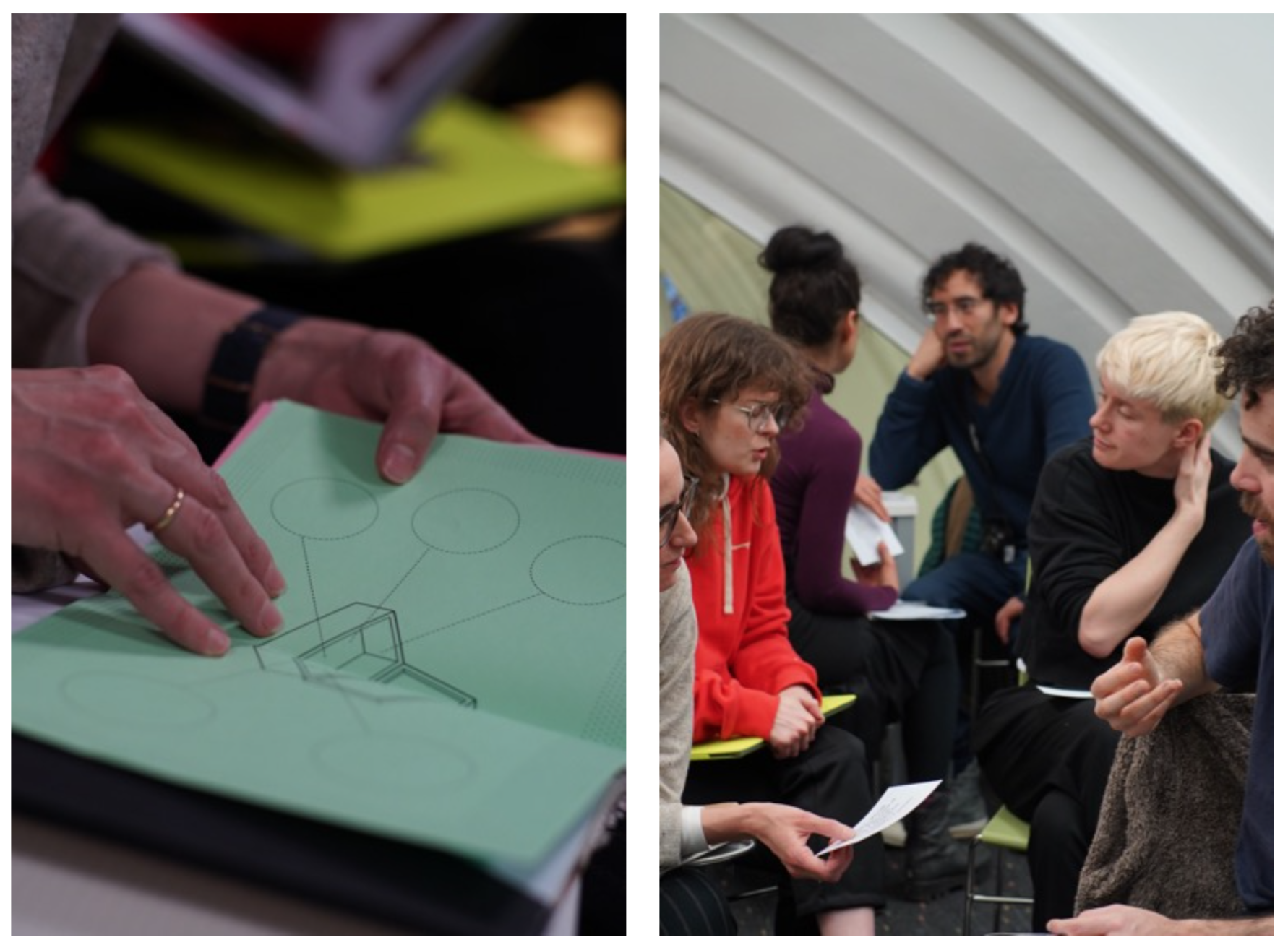
Romeo Gongora and Georgia Twigg
How can we work together (when we disagree)?
Change is uncomfortable.
Change can only occur in a warm and compassionate space
Learn how to give yourself the warm and compassionate space to change, and in so doing learn how to also give that space to others
But always keep yourself safe, physically and emotionally
This work is hard. Give yourself joy on prescription
How can we rethink the terms and conditions under which we participate in polarized situations? What tools can we use to collectively collaborate through divisive discourse with the aim of transformation and resistance?
These questions stem from Romeo Gongora’s recent experience facilitating a workshop at the Université du Québec à Montréal on the terms of participation within Quebec’s art system under the new policies of cultural diversity: We often bumped into a sensitive and divisive zone when group discussants raised issues that challenged the image of Quebec’s presumed welcoming and inclusive integration of immigrants in general, and more specifically, into its visual arts communities. Our meetings allowed newcomers and racialised members to express their lived experiences with daily racism, white privilege and effects of the coloniality of power. Discussions on/about diversities and racism often create strong affective feelings. Our emotions during these encounters were so intense that slowly, members of the group started to withdraw from our meetings...
The challenge of discussing “cultural diversity” in Quebec is just one example of heightened controversy and polarisation in attitudes regarding immigration globally. This workshop aims to explore strategies to help navigate the neoliberal context of the West, which irrevocably fuels the modernist ideology of “us vs. them” that in turn affects the way we participate in transforming our society. We will come together to rethink terms such as participation, diversities, inclusion and decoloniality. Occupational therapist Georgia Twigg will help guide us through this participatory workshop with the goal of activating theory and practice through an experiential and critical consciousness approach.
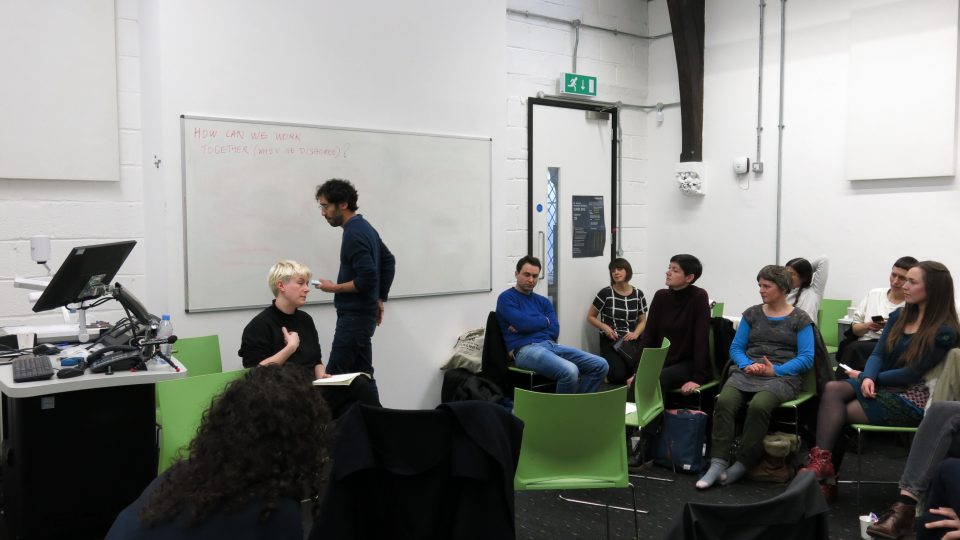
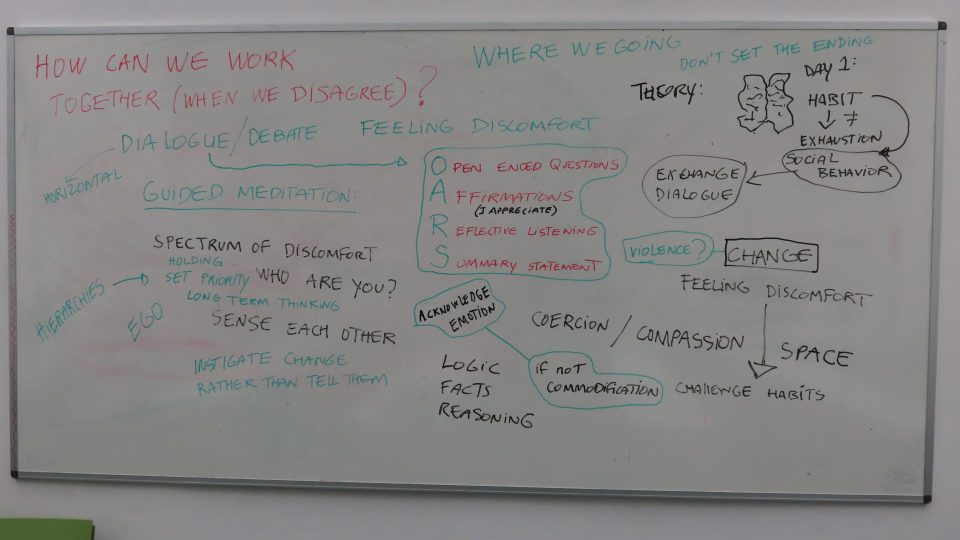
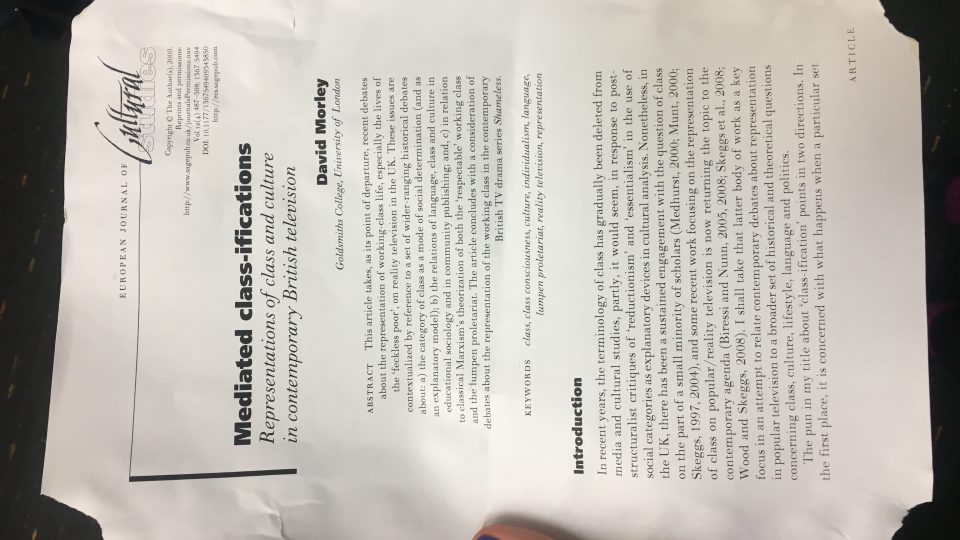

Tom Clark is a curator, editor and writer. He teaches and has works on curatorial and publishing projects internationally. He is currently an AHRC/CHASE-Funded PhD Candidate at Goldsmiths, University of London. His research explores infrastructural figures, politics and imaginaries as they take place in relation to art institutions.
Victoria Ivanova is a curator, writer and consultant living in London. Her core focus is on systemic and infrastructural conditions that shape socio-economic, political and institutional realities. To this extent, she develops innovative approaches to policy, finance and rights in the sphere of contemporary art and beyond. She is a co-founder of Izolyatsia, Real Flow and Bureau for Cultural Strategies (bux), and currently doing a practice-based PhD in collaboration with the Serpentine Galleries and London South Bank University. Back in 2010, she graduated from the LSE with an MSc in Human Rights, which was followed by a Masters in Curatorial Studies from the Center for Curatorial Studies Bard College in 2014.
Alicja Rogalska is an artist and PhD researcher at Goldsmiths whose work currently focuses on future imaginaries in social art practice. She mostly works in specific contexts making situations, performances, videos and installations in collaboration with others, to collectively search for and test emancipatory ideas and alternatives. She is currently an artist in residence at the Faculty of Social Sciences at Essex University and has recently presented her work at the Stuart Hall Library/INIVA, VBKÖ in Vienna, City of Women Festival in Ljubljana, Biennale Warszawa, Kyoto Art Centre and Muzeum Sztuki in Łódź.
Bill Gaver is Professor of Design and co-director of the Interaction Research Studio at Goldsmiths, University of London. He works with his group to develop unusual digital products as a form of practice research.

